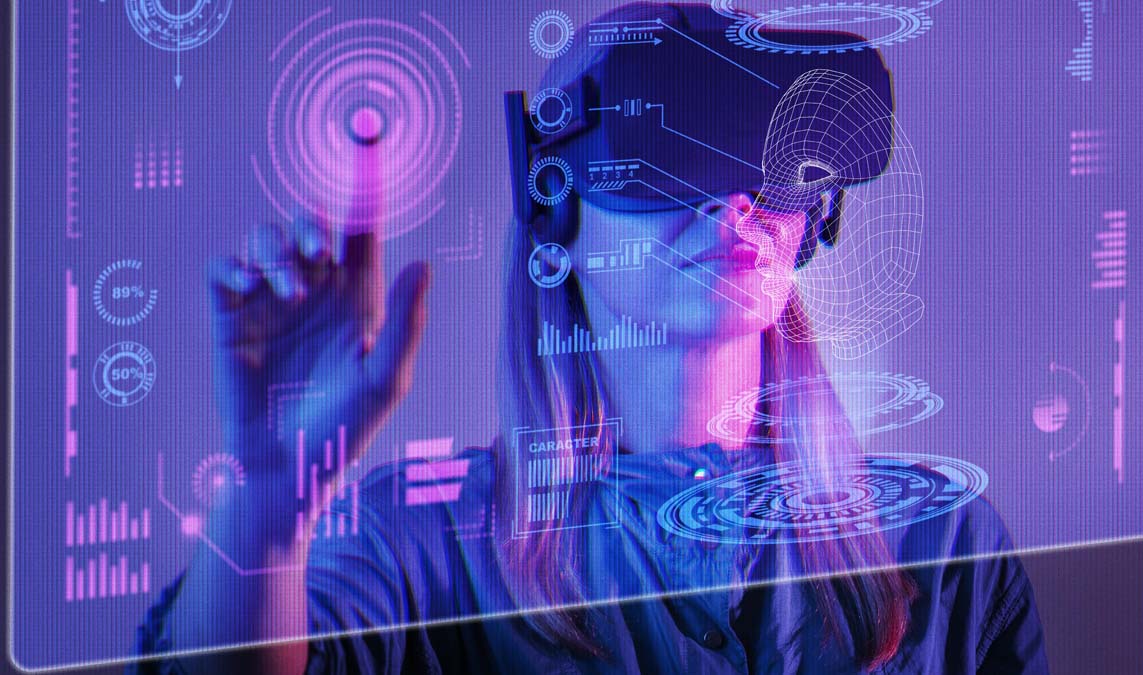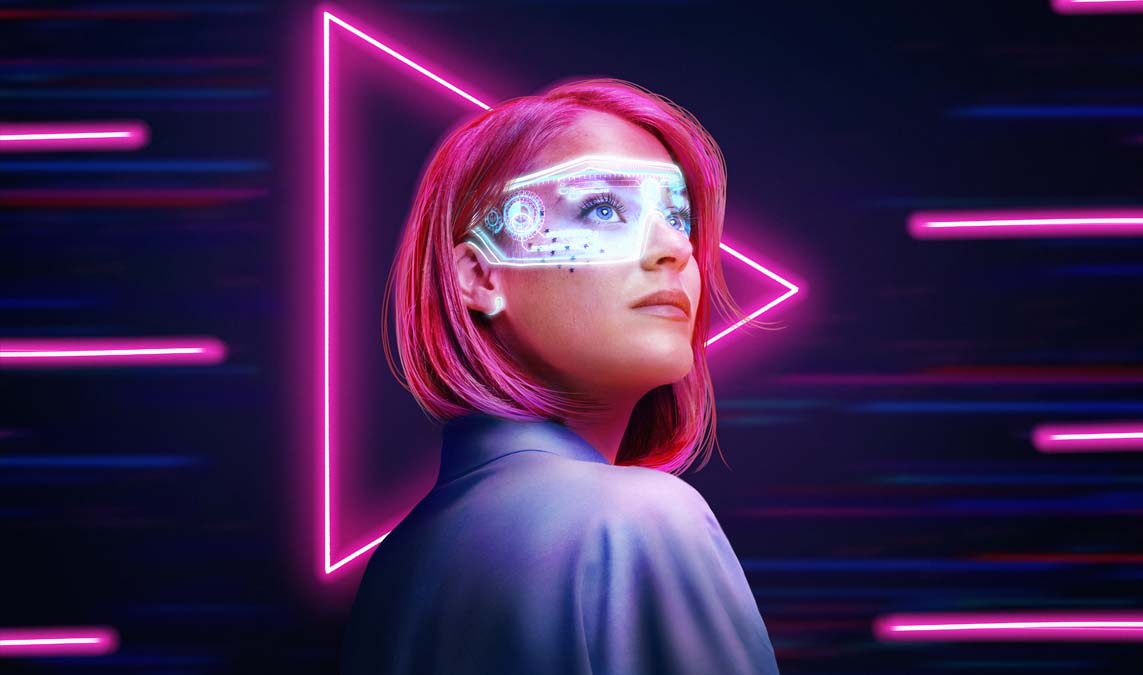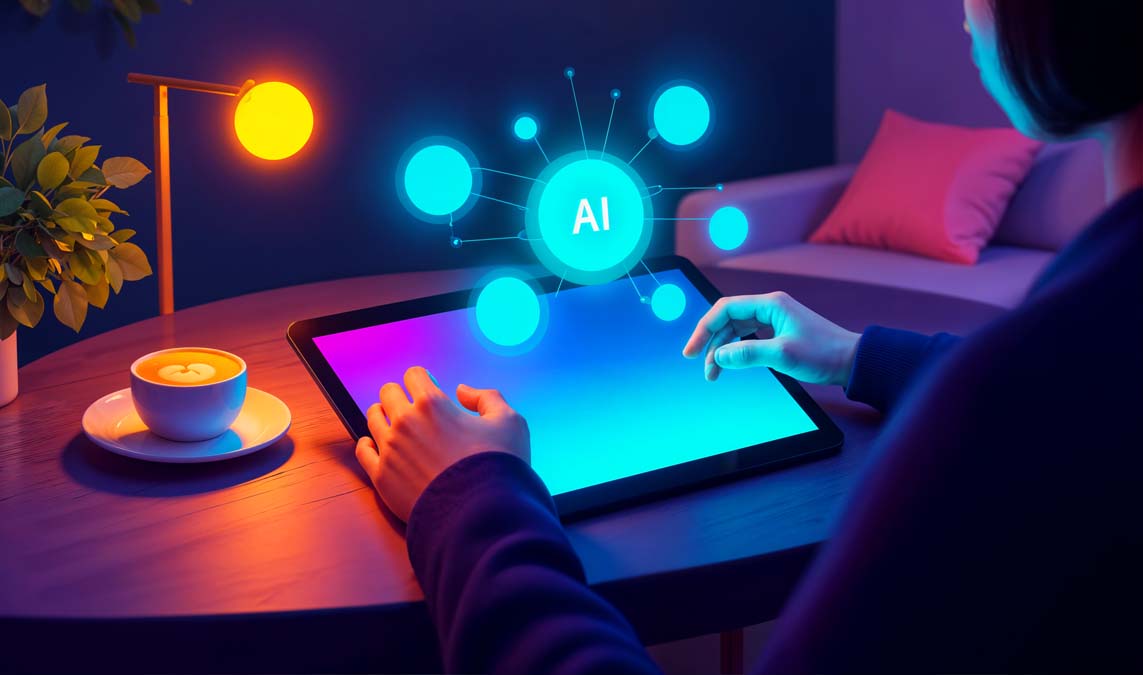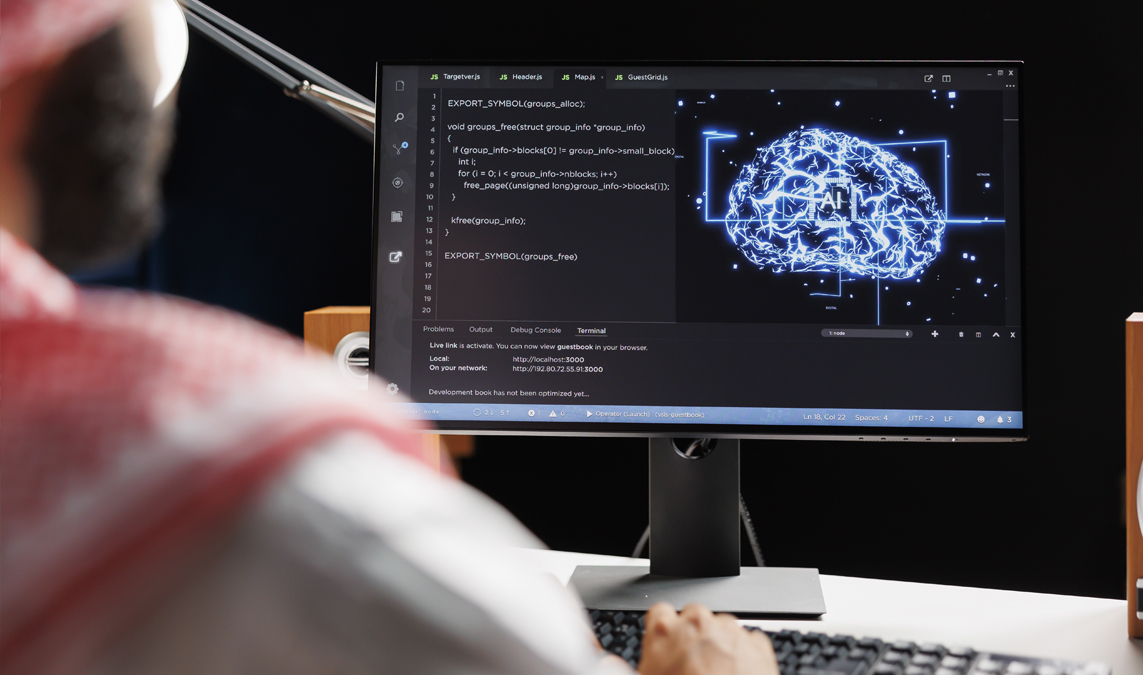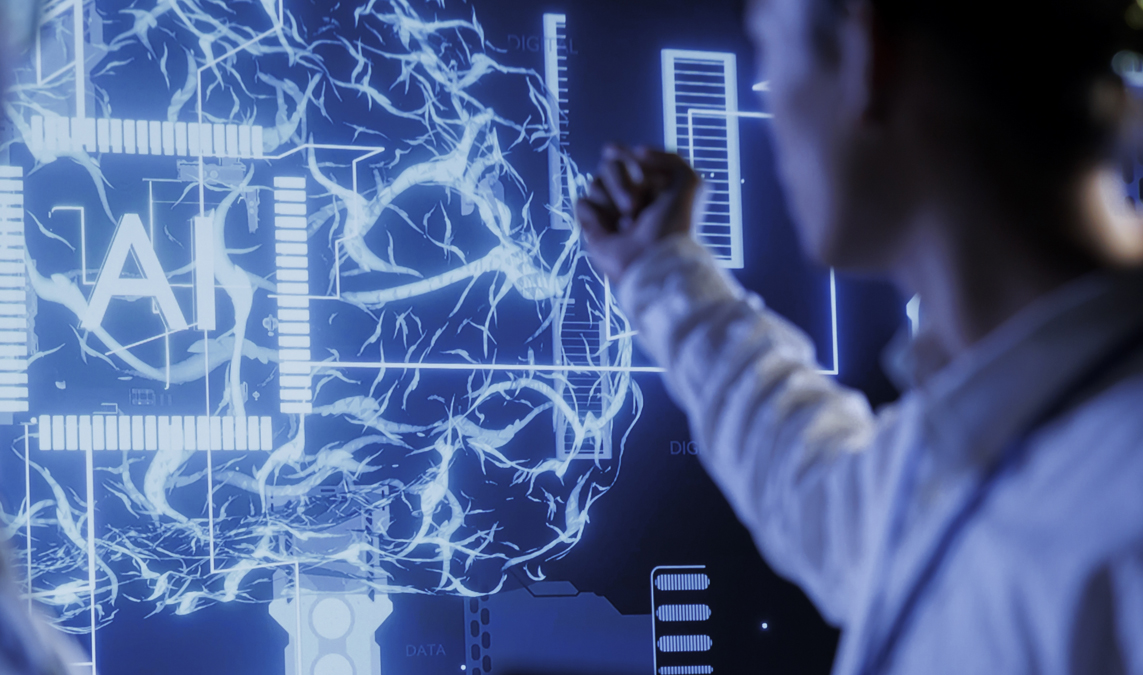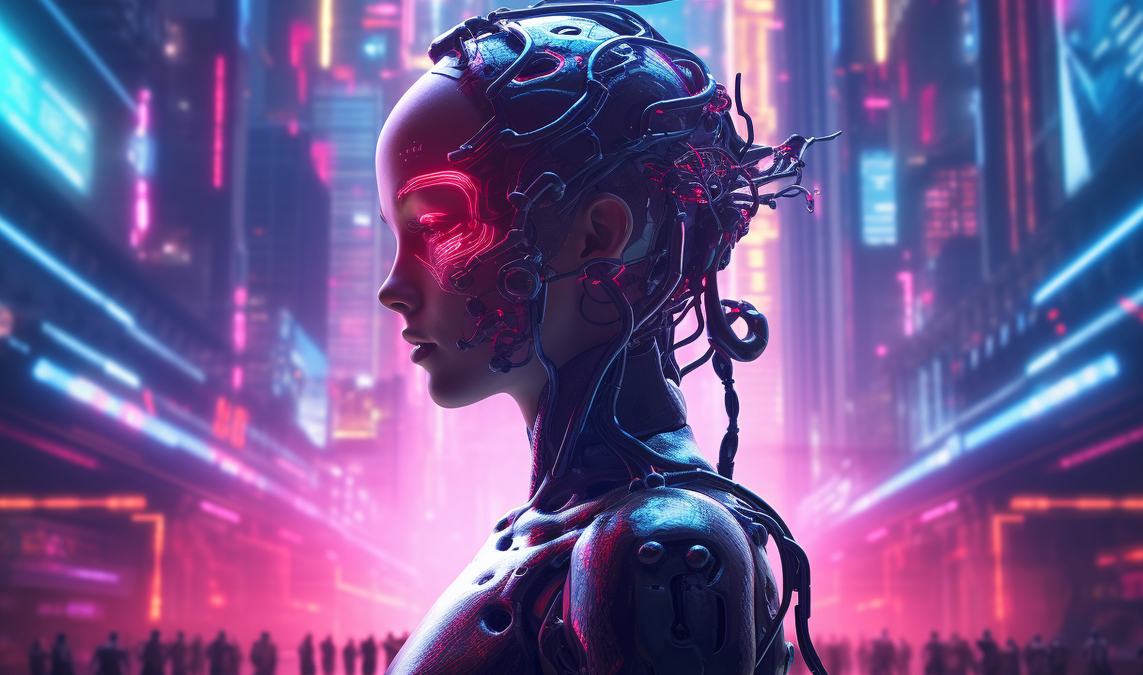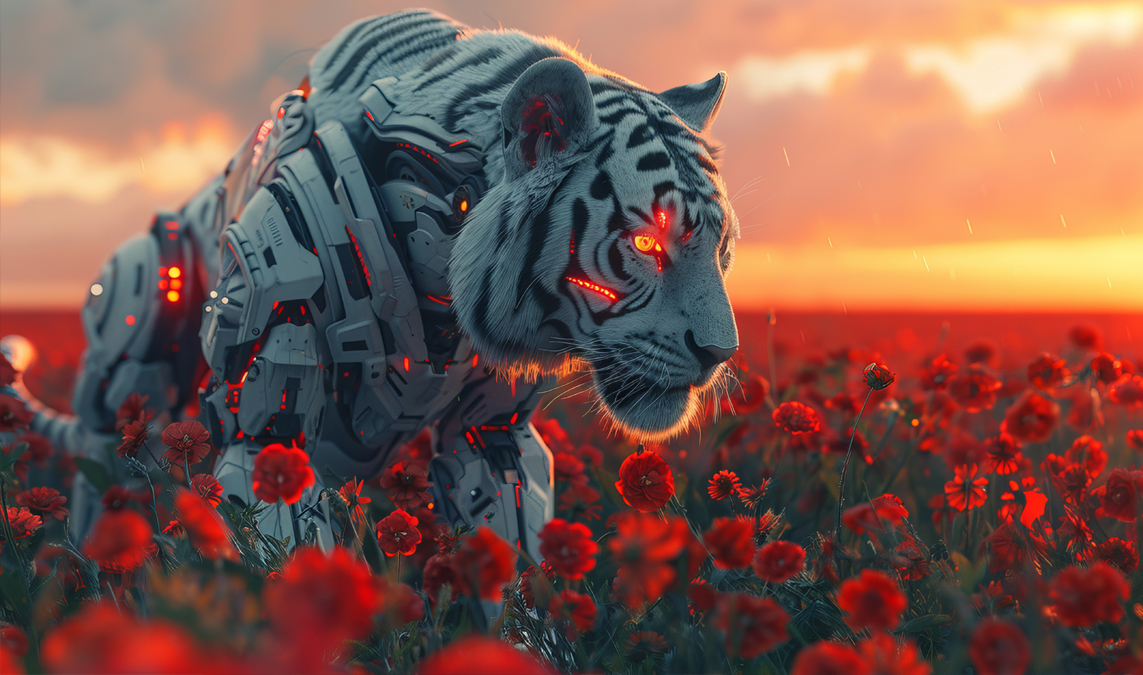Artificial Intelligence (AI) is no longer a niche. It’s now a global force reshaping industries, governments, and societies. In 2025, the current trends in AI reflect not just innovation but also unity. These trends show AI’s power to bring nations together, solve shared problems, and foster peace.
Ethical AI Takes Center Stage
Ethics now drive much of AI development. Countries around the world work on fair and responsible systems. Europe, Asia, and Africa create shared standards to guide developers. Organizations like the United Nations and UNESCO support these efforts.
When nations agree on ethical AI rules, trust grows. Misuse drops. Global cooperation rises. Ethical AI is more than good practice—it’s a path to peace.
AI Fights Climate Change
AI also plays a major role in climate action. It predicts weather, tracks emissions, and improves renewable energy. Countries share data and tools to fight global warming.
In South America and Africa, AI helps farmers grow crops and manage water. These tools reduce poverty and prevent conflict over resources. Together, they support peace and sustainability.
Cross-Border Research Grows
Research no longer stops at national borders. AI labs from the U.S., China, India, and Europe now work together. Open-source tools and joint projects are common.
For example, during global health crises, AI models helped predict virus spread and improve vaccine plans. Shared science leads to shared solutions. It builds trust during hard times.
AI Makes Education More Equal
AI transforms education around the world. Learning platforms adjust to students’ needs. Language tools break barriers. Remote learning reaches more people than ever.
Children in rural and conflict zones can now access lessons once limited to big cities. AI brings opportunity and hope. When people learn together, peace grows stronger.
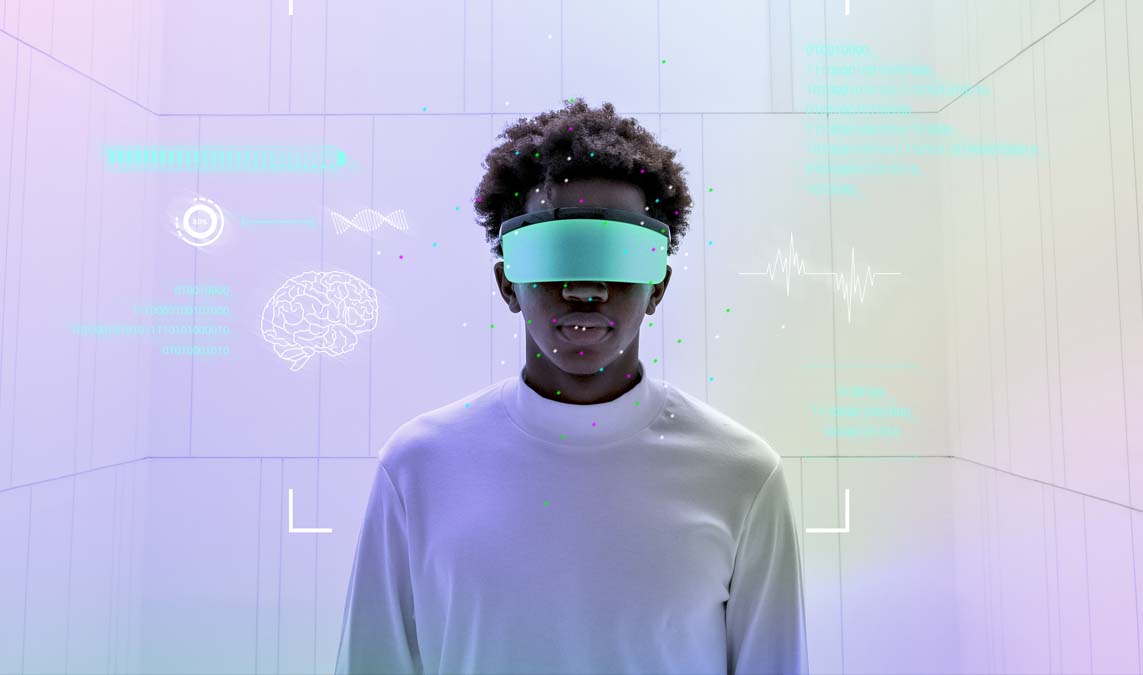
Preparing Workers for AI Jobs
AI also helps people train for future jobs. Governments use it to predict job trends and design better training. This support is vital in post-conflict regions.
When people work and earn, communities become stable. Jobs build peace from the ground up.
Inclusive AI Gets Priority
Bias in AI once hurt trust. That’s changing. Today, teams build systems using diverse data. They include many cultures, languages, and lifestyles.
This shift makes AI fairer for everyone. Health tools, education platforms, and legal systems all improve. When AI respects all people, global harmony follows.
AI for Peace and Diplomacy
AI now supports peace efforts directly. Some tools track signs of conflict on social media. Others help monitor ceasefires or analyze public sentiment.
The United Nations uses AI to plan aid deliveries in war zones. PeaceTech, as it’s called, is growing fast. It helps prevent violence and supports early action.
Global Rules for AI
Nations now meet to shape AI rules. Groups like the OECD and the Global Partnership on AI bring leaders together. They discuss safety, rights, and fairness.
More voices from the Global South now join these talks. This balance ensures AI works for everyone—not just the wealthy or powerful.
Conclusion: AI as a Global Connector
The current trends in AI show its power to unite. Through ethics, climate action, research, and peace tools, AI helps nations work together. It creates chances for learning, earning, and healing.
To build a better future, we must guide AI with care. When we do, we turn technology into a force for good. We connect cultures. We reduce conflict. And most of all, we bring peace—one algorithm at a time.

